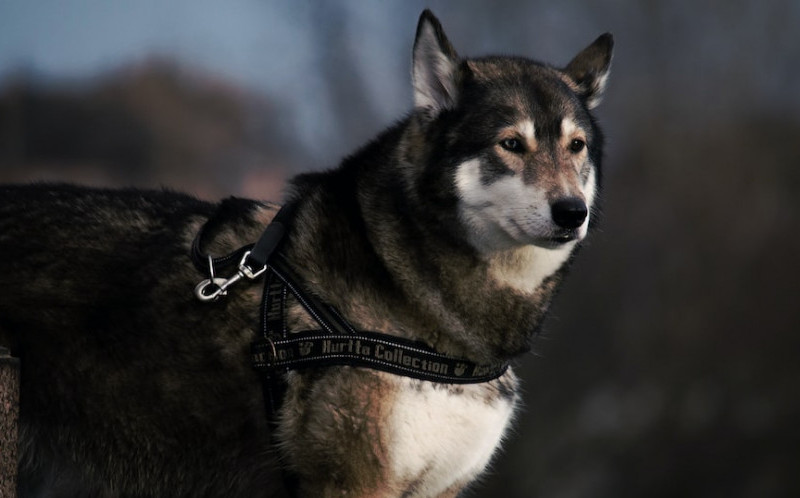Welcome to Dog Work Supply where we discuss all things dog! Today we are going to discuss dog harnesses, and how to fit the harness to the dog via measurements taken.

Before walking a dog or taking them to training classes, make sure they have an identification collar on. You can shop for a variety of identification collars here. As an Amazon Associate I earn from qualifying purchases.



Can a large breed dog pull so hard on the leash that they drag you?
Yes it is true. A large breed dog can pull so hard on the leash that they drag you. So there are two set-ups that train the dog not to pull on the leash.
The first set up is a Prog Training Collar and a leash. You can shop for prong training collars here. You can shop for leashes here. As an Amazon Associate I earn from qualifying purchases.


The second setup is a No Pull Dog Harness and a leash. You can shop for No Pull Dog Harnesses here. You can shop for leashes here. Some leashes have a little bungee stretch to them. This helps absorb shock when working with a dog that has not completed all the leash/harness work training. As an Amazon Associate I earn from qualifying purchases.



What is a Rabbitgoo Dog Harness?
This is another brand of no pull dog harness. You can shop for Rabbitgoo Dog Harnesses here. As an Amazon Associate I earn from qualifying purchases.


How do you get the right size of harness for a dog?


To get the right size harness for your dog, you will need to measure their neck and their girth(which is the widest part of their belly). Not all harnesses specify if they are for small, medium or large breed dogs. Usually fitting is done by measurements. The normal sizings look about like this:
Waist in Inches Girth in Inches
XS 10-12 inches 10-20 inches
S 12-18 inches 14-24 inches
M 14-20 inches 16-28 inches
L 16-24 inches 22-33 inches
XL 22-33 inches 28-39 inches
You can train the dog not to pull on the leash using either set up.
Usually the no pull dog harness(or prong training collar) signal to the dog to stop pulling. Then, they wait or take a step back to match you are walking speed. Once trained, dogs usually slow down, stop or take a few steps back if they feel pressure from the harness or the prong training collar.
If you ever need a paw or have a questions, feel free to leave them below and I will be more than happy to help you out.
All the best,
Arla
www.dogworksupply.com
